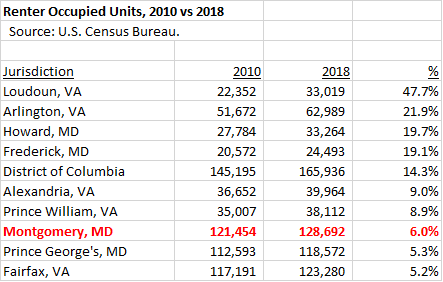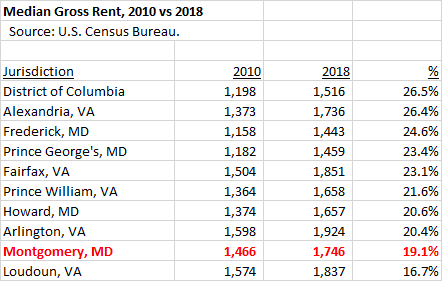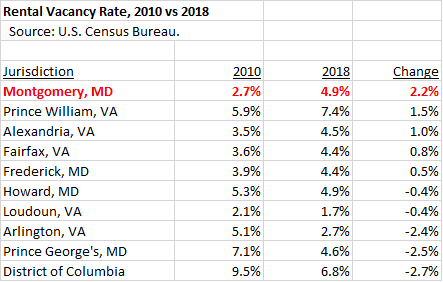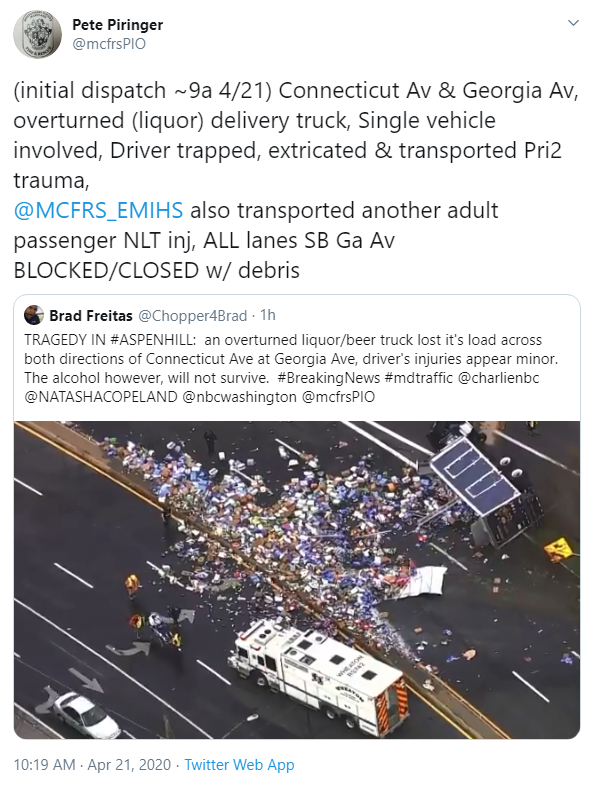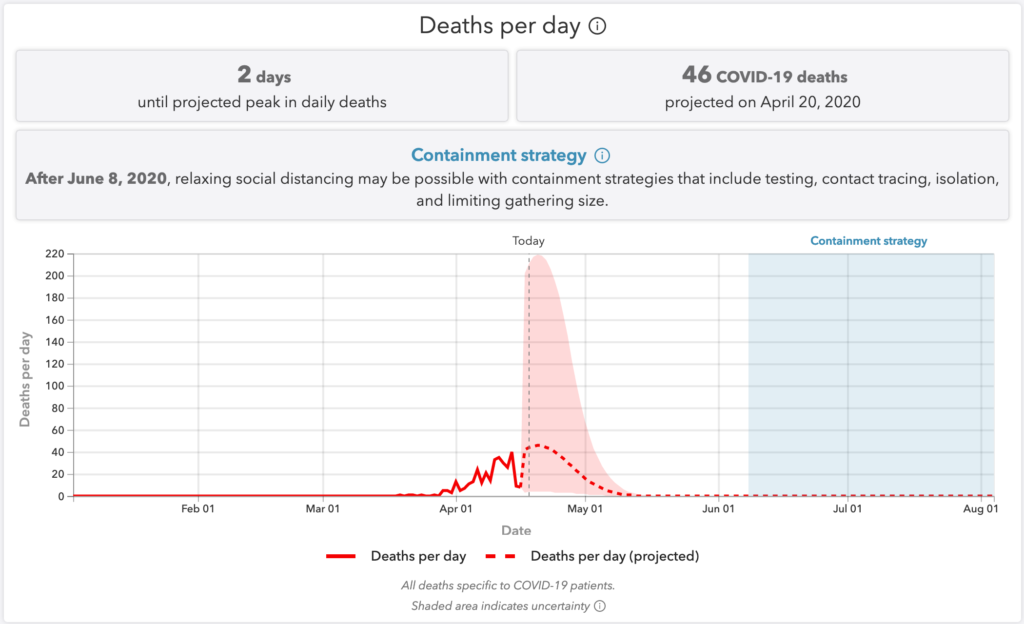By Adam Pagnucco.
On April 27, the county council sent a memo with a lengthy list of questions on the county’s COVID-19 strategy to County Executive Marc Elrich, Chief Administrative Officer Andrew Kleine and Chief Health Officer Dr. Travis Gayles. Council Member Hans Riemer drafted the memo and all nine council members signed it. As of this writing, the council has not yet received a response. We reprint the memo below.
*****
Testing and tracing are crucial elements of any plan to defeat the novel coronavirus. Answers to the following questions will help the County Council to gain a better understanding of the state of testing and tracing in order to inform the Council’s appropriate oversight. Please respond at your earliest convenience, and please note the requests for regular reporting.
Testing for Coronavirus
How many molecular (PCR) tests per day / week does Montgomery County have access to currently?
Does Montgomery County have access to sufficient tests to meet the Priority 3 recommendations of the Centers for Disease Control and Prevention (CDC) Interim Guidance: Healthcare Professionals 2019-nCoV?
Specific components in this guidance include the recommendation that health care workers and first responders should have access to PCR tests even if they do not (yet) have symptoms. For whom is that the case today?
If we do not have sufficient tests to meet the CDC guidance, what is the earliest date by which that capacity can be achieved?
What are the county’s projections of needed PCR tests per week?
What sources and volumes of tests has the county procured already?
What sources are being considered?
How many tests per day will be sent to GeneDx / BioReliance?
What are the next planned sites for collecting test samples? How many sites will be needed to meet the Harvard Global Health Institute recommended goal of at least tripling the amount of daily tests?
Does the County government plan to conduct outreach into vulnerable communities to conduct molecular tests where people lack health insurance and may not seek medical referrals for testing?
What additional targeted interventions are planned in the highest reporting zip codes, 20902, 20904, 20906?
Are community healthcare providers aware of current testing options available for their patients?
Please provide us with copies of County communications which update these options available to them.
How are we engaging our primary care clinics, particularly those service multicultural communities, and what is the strategy to engage them moving forward?
Are group homes and similar facilities required to isolate residents who are awaiting test results for COVID-19?
Please explain differences in how testing capacity is administered if it is secured by the County or State government as opposed to capacity available from private labs (Labcorp and Quest).
Please state your vision for using antibody testing to assess community level of past infection.
Are there particular communities where this would be valuable?
When would be the appropriate time to conduct that testing?
Who would conduct that testing?
How would the results be reviewed?
Are you working on this approach now and if so please provide an update.
Tracing and Isolation
What is the County’s plan to identify at-risk individuals so that tracing can be an effective tool to limit the spread of coronavirus?
Who is conducting tracing for Montgomery County today? Please describe all personnel (staff or volunteers or partners) involved and their level of work on the program.
What partnerships are being organized to expand tracing capacity? What is the timeline for those partnerships?
What are the goals and timeline for the County’s tracing program?
The governor has stated that the state’s contract with NOCR will enable 1,000 cases per day to be traced. What is the agreement between the County and the State for tracing Montgomery County cases?
What database does the County use for tracing? Is the County using the State’s COVID Link database?
Whether through COVID Link or another database, do you know for a given case:
- How many secondary contacts are then contacted?
- Are secondary contacts tested?
- Requested to self-isolate?
- If so, are they doing that?
- This information is requested for a daily report.
In how many hours after a positive test result will the patient, the county, facilities, and family be notified?
Starting with April 20 (if not earlier), please prepare a report showing tracing for all new cases and outcomes of tracing for those contacts.
Please provide a daily updated tracing report from the database (redacted for privacy as necessary) to the Council so that we may monitor the progress of the tracing and isolation initiative.



